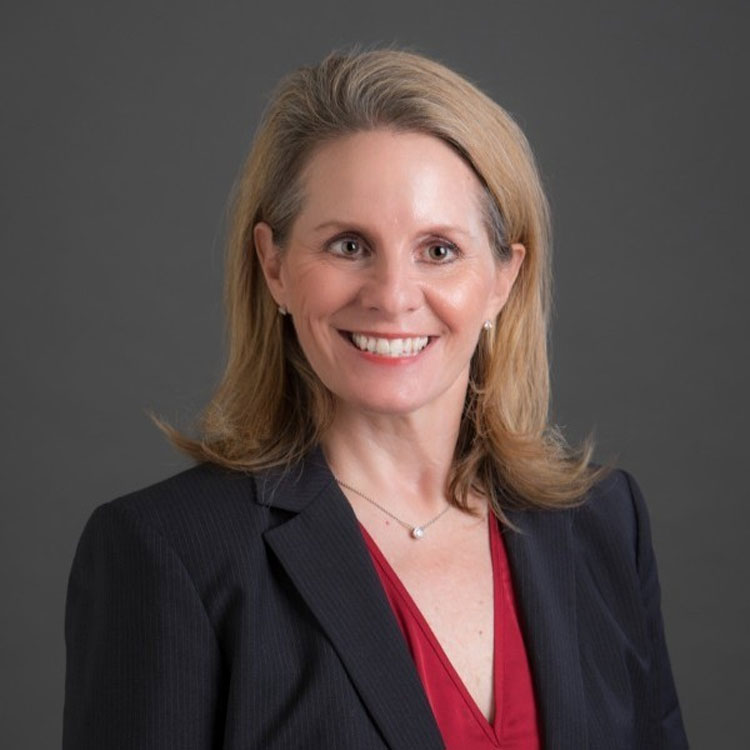Making a Transitional Space in the Workplace: How to Bring People to Change

In the early 1970s, pediatrician and psychoanalyst D.W. Winnicott introduced us to a concept he called transitional space. The initial connection was related to children who needed to be able to process through their current state of being into a future state. In this safe space, a “change to” or “metamorphosis of” thought, perception, behavior, or attitude could occur. This safe space supports the individual as they prepare for or adjust to a new or future state. Recent research highlights how the direct application of this theory is distinctly relevant to our evolving workplace.
As many realized during the COVID-19 pandemic, unanticipated change can happen very fast and with no warning. We just have to accept it and move on, right? Wrong: There are thousands of stories, anecdotes, recounts, etc. that detail just how hard we all tend to push back or attempt to reject unanticipated change.
My own personal story is related to my commute. My pre-pandemic daily commute to and from work was about 45 minutes each way. I had no idea how critical those 90 minutes were to my day-to-day ability to be productive — until they were gone.
For me, the lockdown began on March 13, 2020, when, George Mason University (GMU) migrated all courses to virtual until further notice. Okay. That was fine. I have been teaching online since 2009. While the quick pivot was a hassle that, too, was fine. However, after a couple of weeks, I started noticing my productivity declining. I thought it might be because my children were doing virtual school and at home now too — that had to be the distraction. A few more weeks went by, and my productivity continued to decline. I started tracking my daily activities in 1-hour increments, and realized I wasn’t starting to work until 11 a.m.
What was going on? I was up as 6:30 as normal, dressed and ready to work by 8:30 (although in slightly more casual attire than pre-pandemic), but nothing was happening for 2 ½ hours. What was I doing? Or, what was I not doing? The first thing that came to mind is that I no longer had to commute. Well, that was giving me time back, not taking time away, right? Again — wrong.
As it turned out, I realized that I was chronically wasting time. I was “doodling” around and just could not get going or get motivated until 2 1/2 hours into my day. Noting the time range of the problem, I reflected on my pre-pandemic routine. Where was it that I prepared myself for the day? All of a sudden it was clear. I had used the 45 minutes on my way to work to let go of my family responsibilities and transition into my work role, and used the 45-minute drive home as space to transition out of my work role and back into my role as a member of my family. I had inadvertently created my own personal daily transitional space. We had been researching the incredible value of transitional space for a decade, but reflecting on my own personal experience gave it new and potentially more prominent long-term meaning. We need the creation of a safe space to let go of the present and transition to the future during workplace change.
While we believe the transitional space can be a critical function for the process of integrating workplace change, there is also another important component to the process. That component is the transitional object — a tangible or intangible object that provides support during or in the transitional space. In the example of my commute, that object was intangible: it was the peace and quiet that came from my ability to listen to a book on tape, take in a morning or afternoon talk show, or simply tune into my favorite station. The 45-minute drive to and from work was mine. It was my choice. In my transitional space, I would decide what form of support I needed each day to successfully make the transition.
As the role of the transitional space and transitional object in the workplace change process continue to evolve, how do you know what or where they are?
Here are a few of our thoughts:
- Preemptively acknowledge the need for space to process during workplace change and transition. Leadership by example will be a strong endorsement for the space and can provide a subtle nudge via silent approval to those who doubt the value of the space.
- Identify the types of objects, tangible or intangible, that can provide the best support for your employees. There are three key attributes to help your employees identify their optimal support objects: give a choice, connect to a purpose, or develop a bridge.
- Bring it all together. The point of this process is to create a space where individuals within the organization feel safe and supported during workplace change. The individuals can then (and will) access the ability to let go of the current state and transition to the future state without the often-unmanageable uncertainty inherent to workplace change.
Workplace change is part of the new norm. There are so many considerations for current and future change. It’s a long list, including factors such as hybrid versus face to face, teleworking, job sharing, and new innovative technologies. Organizations will need a process to maximize productivity in this volatile environment. In the face of unprecedented change, defined workplace transitional space with proactive identification of transitional support objects is a good place to start.
Written by Dr. Victoria M. Grady.
Have you read?
Win the Competition: How Can AI Help CEOs Grow Their Companies by Mehdi Nourbakhsh, Ph.D.
5 Reasons Why Saying Yes to Training Your Administrative Staff is a No-Brainer by Bonnie Low-Kramen.
Ensuring your talent pool in the war for talent by Ingrid Maynard.
Why operating at the right level is crucial for business performance by Maree Burgess.
Add CEOWORLD magazine to your Google News feed.
Follow CEOWORLD magazine headlines on: Google News, LinkedIn, Twitter, and Facebook.
Copyright 2024 The CEOWORLD magazine. All rights reserved. This material (and any extract from it) must not be copied, redistributed or placed on any website, without CEOWORLD magazine' prior written consent. For media queries, please contact: info@ceoworld.biz








